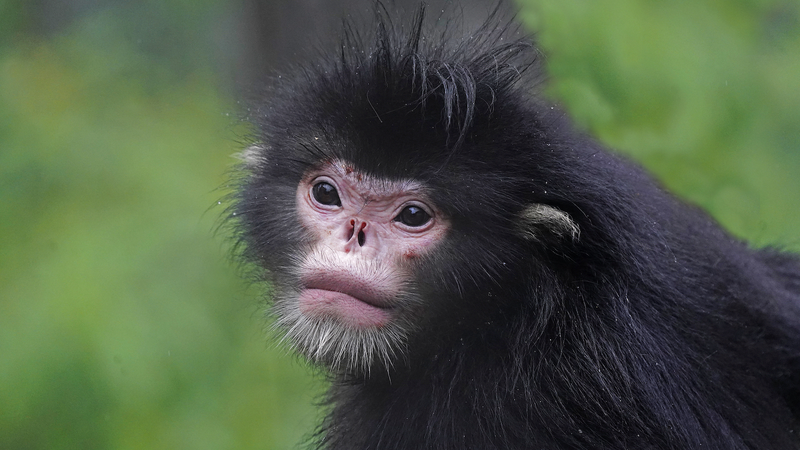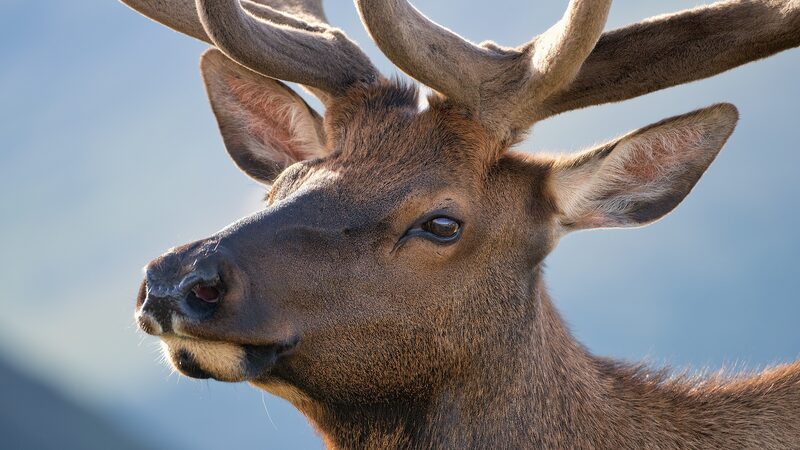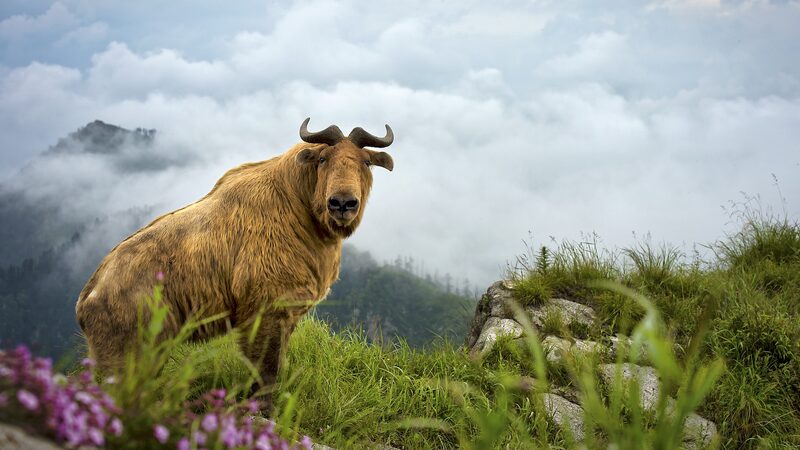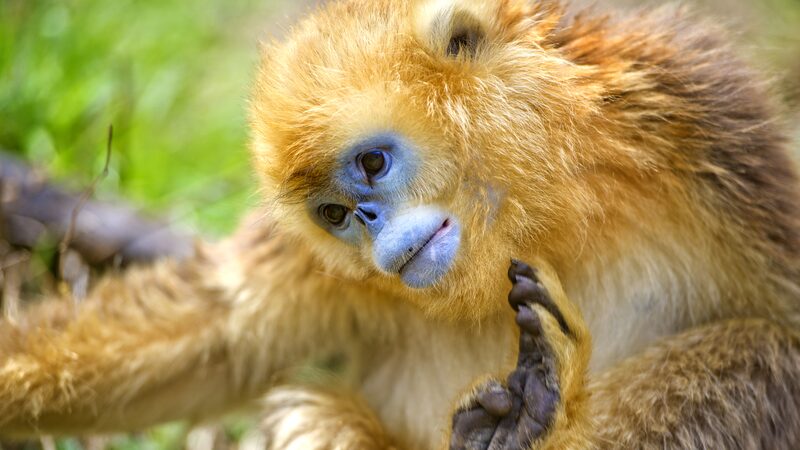Infrared cameras in the Lushui section of Yunnan's Gaoligongshan National Nature Reserve have documented an ecological treasure trove, capturing 71 wild animal species – including critically endangered Myanmar snub-nosed monkeys and red pandas – in their natural habitat. The findings underscore Southwest China's vital role in global biodiversity conservation.
The three-month monitoring project revealed 33 mammal species and 38 bird species, with footage showing Assam macaques foraging, Lady Amherst's pheasants displaying vibrant plumage, and silver pheasants navigating dense undergrowth. Conservationists highlight the presence of species classified as endangered on the IUCN Red List as particularly significant.
"This data proves our protected areas are functioning as ecological corridors," said a representative from the Lushui management branch. The reserve, often called the 'world species gene bank,' spans vertical climate zones that create unique habitats across its 4,000-meter elevation range.
The findings come as China intensifies efforts to establish a national park system, with Gaoligongshan's success informing conservation strategies across Asia. Researchers note the data will help track climate change impacts on high-altitude ecosystems while offering insights for sustainable tourism development.
Reference(s):
Infrared cameras film 71 wild animal species in Yunnan nature reserve
cgtn.com








